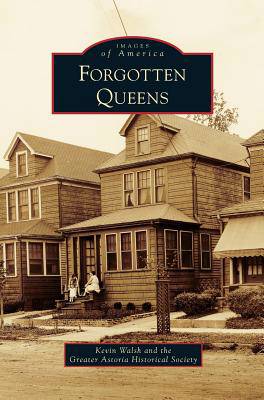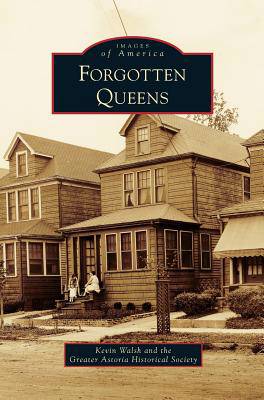
- Afhalen na 1 uur in een winkel met voorraad
- Gratis thuislevering in België vanaf € 30
- Ruim aanbod met 7 miljoen producten
- Afhalen na 1 uur in een winkel met voorraad
- Gratis thuislevering in België vanaf € 30
- Ruim aanbod met 7 miljoen producten
Zoeken
€ 56,95
+ 113 punten
Uitvoering
Omschrijving
In the early years of the 20th century, Queens County underwent an enormous transformation. The Queensboro Bridge of 1909 forever changed the landscape of this primarily rural area into the urban metropolis it is today. Forgotten Queens shows New York's largest borough between the years 1920 and 1950, when it was adorned with some of the finest model housing and planned communities anywhere in the country. Victorian mansions, cookie-cutter row houses, fishing shacks, and beachside bungalows all coexisted next to workplaces and commercial areas. Beckoning with the torch of the new century and a bright promise for those who dared to pioneer its urban wilderness, Queens flourished as a community. Through vintage photographs being seen by the public for the first time, the five wards of Queens are highlighted for their unique character and history.
Specificaties
Betrokkenen
- Auteur(s):
- Uitgeverij:
Inhoud
- Aantal bladzijden:
- 130
- Taal:
- Engels
Eigenschappen
- Productcode (EAN):
- 9781531672447
- Verschijningsdatum:
- 9/12/2013
- Uitvoering:
- Hardcover
- Formaat:
- Genaaid
- Afmetingen:
- 170 mm x 244 mm
- Gewicht:
- 412 g

Alleen bij Standaard Boekhandel
+ 113 punten op je klantenkaart van Standaard Boekhandel
Beoordelingen
We publiceren alleen reviews die voldoen aan de voorwaarden voor reviews. Bekijk onze voorwaarden voor reviews.











